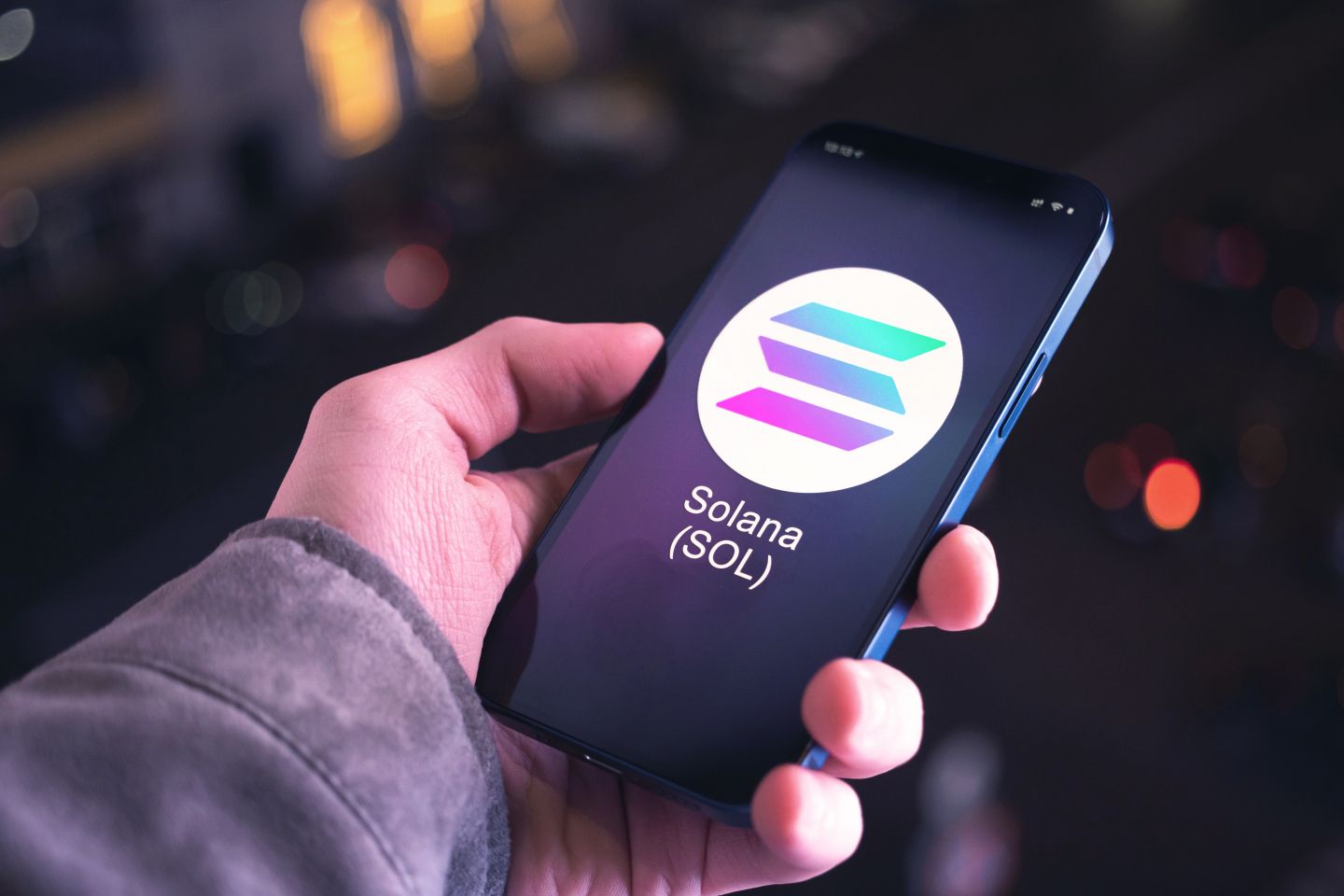Who owns the most Solana coins? Biggest SOL holders in 2025
After a turbulent few years following the collapse of FTX, Solana (SOL) has shown signs of recovery in 2025, supported by rising institutional participation, new ETF launches, and a $1 billion buyback programme from one of its largest holders, Forward Industries. Past performance is not a reliable indicator of future results.
Once a leading digital asset, Solana lost over 70% of its value in 2022, but the market has since rebounded strongly, with SOL trading around $160 as of November 2025. This reflects a significant recovery as institutional adoption continues to grow.
Here’s a look at who owns the most Solana, as of 10 November 2025, and how its ownership structure has changed.
What is Solana?
Solana, often described as an 'Ethereum alternative', introduced the Proof-of-History (PoH) consensus mechanism – a system designed to process transactions quickly while maintaining security and decentralisation.
Founded in 2017 by Anatoly Yakovenko and Greg Fitzgerald, the project aimed to build an open-source, high-performance blockchain capable of scaling without relying on Layer-2 networks.
Unlike traditional Proof-of-Work (PoW) or Proof-of-Stake (PoS) systems, Solana’s blockchain architecture combines both elements, enabling it to handle hundreds of thousands of transactions per second.
According to the Solana Foundation, the network is designed to be:
- Fast: average block times of around 400 milliseconds.
- Decentralised: validated by thousands of independent nodes.
- Scalable: capable of handling thousands of transactions per second, with average fees below $0.01.
- Energy-efficient: maintains a near-zero net carbon footprint through its PoS structure.
Users can mint and trade NFTs, build decentralised finance (DeFi) applications, develop Web3 games, and process crypto payments.
The native token, SOL, powers transactions, staking, and network operations.
Past performance is not a reliable indicator of future results.
Who owns the most Solana in 2025?
As of 10 November 2025, Solana’s circulating supply is 553.59 million SOL, with a total supply of 613.68 million SOL (CoinMarketCap).
The largest holder is Forward Industries, with approximately 6.82 million SOL, following the announcement of its $1 billion buyback programme, which contributed to the November price rally.
Major holders include:
| Holder | SOL amount (Nov 2025) | Notes |
|---|---|---|
| Forward Industries | 6.82 million | Corporate buyback programme |
| Solana Company | 2.2 million | Corporate treasury holding |
| DeFi Development Corp | 2.09 million | Large ecosystem participant |
| Upexi | 2.01 million | Institutional holder |
| Rothschild Investment / PNC Financial Services (ETF holdings) | – | New institutional exposure via ETF products |
| Largest anonymous wallet | < 1.86% of total supply | Share diluted through increased trading activity |
According to recent blockchain data, the top 10 holders control 6.58% of the total supply, the top 20 own 11.03%, the top 50 hold 17.52%, and the top 100 account for 22.76% – indicating a more distributed ownership than in previous years (CoinCarp, 10 November 2025).
Institutional participation in Solana has expanded considerably. In late 2025, Rothschild Investment and PNC Financial Services disclosed significant holdings via ETF products, reflecting broader institutional confidence. The launch of Solana-linked ETFs and structured funds has also helped redistribute large holdings, moving ownership away from early 'whale' accounts.
Forward Industries’ $1 billion buyback programme in November 2025 prompted short-term volatility but also renewed interest in SOL as a corporate-held digital asset. This initiative reflects a broader trend of companies incorporating digital assets into their treasury strategies.
Following FTX’s collapse in 2022, previously locked or staked SOL associated with Alameda Research has been transferred to liquidators and external parties. As a result, these addresses no longer dominate Solana’s ownership landscape, marking a clear shift from early concentration to a more diverse distribution.
Final thoughts
Solana’s ownership has become increasingly diversified, with corporate entities, ETFs, and long-term ecosystem participants now representing a larger share of total supply. While the token has shown price recovery in 2025, market conditions remain volatile.
Past performance is not indicative of future results.
Create an account Open a demo account
FAQ
How many Solana holders are there?
According to the latest blockchain data, there are around 9.2 million wallets holding Solana (SOL) tokens as of November 2025. Ownership remains widely distributed, with the top 10 holders controlling about 6.58% of total supply, the top 20 holding 11.03%, and the top 100 accounting for 22.76% (CoinCarp, 10 November 2025).
Who created Solana?
Solana was founded in 2017 by Anatoly Yakovenko, a former Qualcomm engineer, and Greg Fitzgerald, a software developer. Together, they built an open-source, high-performance blockchain designed to support fast, secure and decentralised applications through a Proof-of-History (PoH) mechanism.
Who owns Solana?
As of November 2025, Forward Industries is the largest identifiable holder, with around 6.82 million SOL, following a $1 billion buyback programme. Other notable holders include Solana Company (2.2 million SOL), DeFi Development Corp (2.09 million SOL) and Upexi (2.01 million SOL). Institutional investors, including Rothschild Investment and PNC Financial Services, have reported exposure through ETF products, indicating growing institutional involvement. The largest anonymous wallet now holds under 1.86% of total supply, suggesting a shift from early concentrated ownership to a more diverse mix of institutional and retail participants.